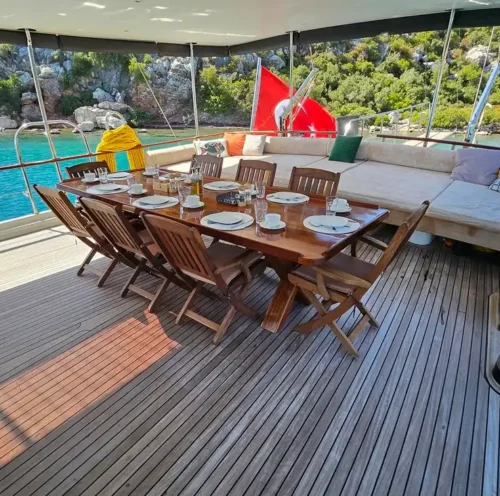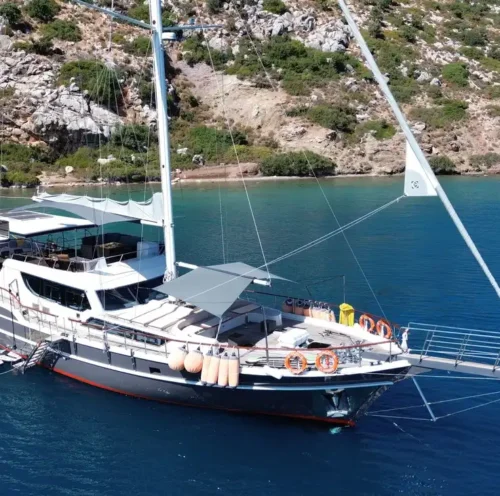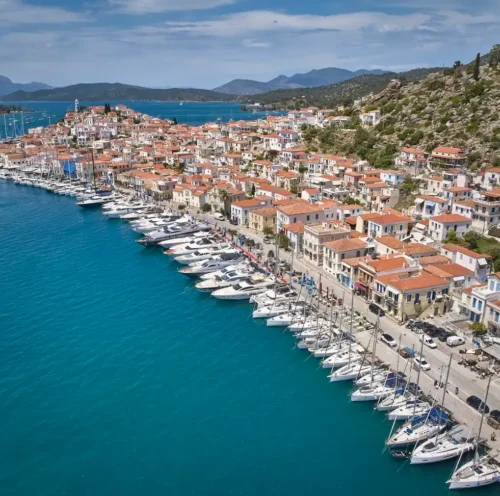Table of Contents
Puglia’s Wine and Olive Oil | Delightful Flavors
Puglia’s wine and olive oil beckon food and wine enthusiasts to a paradise of culinary delights in the enchanting peninsula region of southeast Italy. Gastronomy takes center stage in this captivating land. Here, the abundance of both sea and land blend to create a rich cultural tapestry.
Puglia’s Wine and Olive Oil History
Since the Phoenicians, olive trees and grapevines have grown on the dry, sunny flatlands. Puglia’s natural bounty of olive oil and wine has since been the region’s beating heart. Additionally, Puglia produces the most vegetables in Italy, serving as a garden for the country and parts of Europe.
Equally important, Puglia is Italy’s leading olive oil producer, accounting for 40% of all oil made in Italy. In fact, nearly 50 million olive trees and 240k farms produce olive oil in Puglia today. Close behind is wine production. Puglia only trails Sicily with the second largest area planted to vineyards.
Since Puglia has a dry climate, many farmers can operate without chemicals and pesticides. Notably, Puglia has the highest number of organic vineyards in Italy, healthy for the land and wine drinkers alike.
Puglia’s bulk wine once provided alcohol and power to the cold climate wines of the north. However, many producers are bottling premium estate wines across nearly 30 wine denominations. The major viticulture areas, however, can be most easily grouped into the north and the south. Brindisi on the east and Taranto on the west demarcate the start of the southern zone.
What better way to taste Southern Italy’s delicious food and wines than on a yacht trip to the beautiful country? Check out our Southern Italian Yacht Charter Itineraries today!
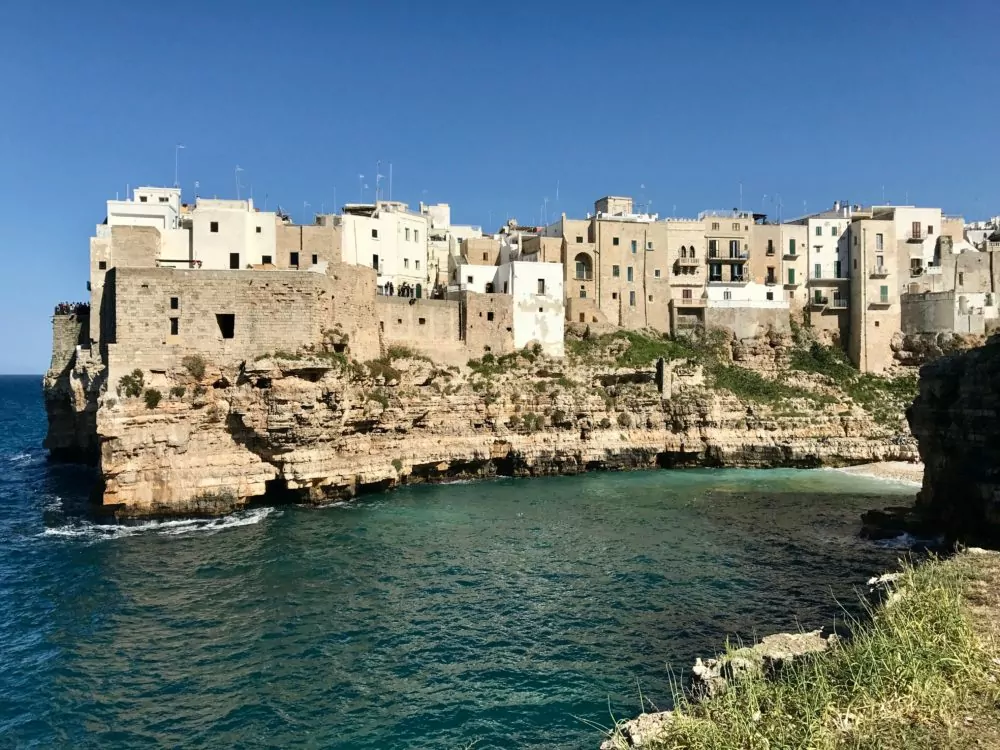
Wines of Northern Puglia | Puglia’s Wine and Olive Oil
Northern vineyards, some of which have more continental climates, primarily cultivate white grapes. While many Italian grapes grow here, there is also a lot of experimentation with international varieties.
San Severo
At the north edge of Puglia sits San Severo. It is just west of the Gargano National Park, one of the region’s two small mountainous areas. Bombino Bianco and Trebbiano Toscano (from Tuscany) comprise the grapes of the viticulture area known for white blends. Fresh and medium-bodied, these are typically easy-drinking, uncomplicated wines.
Nero di Troia is San Severo and northern Puglia’s most characteristic red grape. Medium-bodied and full of black cherry, it’s a versatile red. In addition, the area makes red and rose wines from Montepulciano and Sangiovese blends. For excellent whites and reds from San Severo, look for Tenuta Demaio’s wines.
Castel del Monte
You can find great wines from the Castel del Monte denominations west of the capital Bari. International varieties dominate the white wines, with Chardonnay, Sauvignon Blanc, and Pinot Bianco.
However, for reds, you can find fragrant red and rose wines from Aglianico and Bombino Nero, and Nero di Troia. Nero di Troia steals the show, making earthy, dark fruit wines with hints of tobacco. You can find top expressions from Torrevento and Bocca di Lupo.
Locorotondo & Martina Franca
Whites thrive in Locorotondo, just inland, halfway between Bari and Brindisi. The blends comprise 50-65% Verdeca, 35-50% Bianco d’Alessano 35-50%, and a maximum of 5% Fiano, Bombino Bianco, or Malvasia Toscana. Producers often make sparkling wines in Locorotondo with a variety of white wines. You can find many great wines from Miali Winery.
Wines of Southern Puglia | Puglia’s Wine and Olive Oil
In contrast to northern Puglia, red wines and an increasing amount of high-quality rosé wines are produced in the south.
Primitivo di Manduria
Two top viticulture denominations exist for top quality Primitivo, one for dry wines and one for sweet. The dry wine area comprises 18 towns, mainly surrounding Taranto making bold, high-alcohol Primitivo. The grape Zinfandel in the United States and Crljenak in Croatia makes well-structured, spicy wines with great aging potential.
Interestingly, the Manduria area is also home to some of the oldest olive groves. They thrive on the hot sunny plains. Seek out L’architipo’s range of organic wines, including their top Primitivo. More great Primitivo and olive oil can also be found at Varvaliogne.
Brindisi
On the Adriatic coast, you’ll find juicy Negromaro dominating the vineyards surrounding Brindisi. Winemakers typically produce Negroamaro as a single varietal. However, it is also in blends with a 30% maximum of local red grapes. Wines are typically well structured with soft tannins and deep red fruit character.
Salice Salento
Arguably Puglia’s best rose wines hail from the Salento area northwest of stunning Lecce. They are primarily roses from Negroamaro and are floral, fruity, and easy to pair with many dishes. Additionally, Salento’s Malvasia Nera makes uniquely fresh reds with bright acidity.
Whites typically feature Chardonnay, with the Salento Bianco wines requiring at least 70% Chardonnay. Seek out Masseria Liveli and try their portfolio of whites, reds, and rose wines.
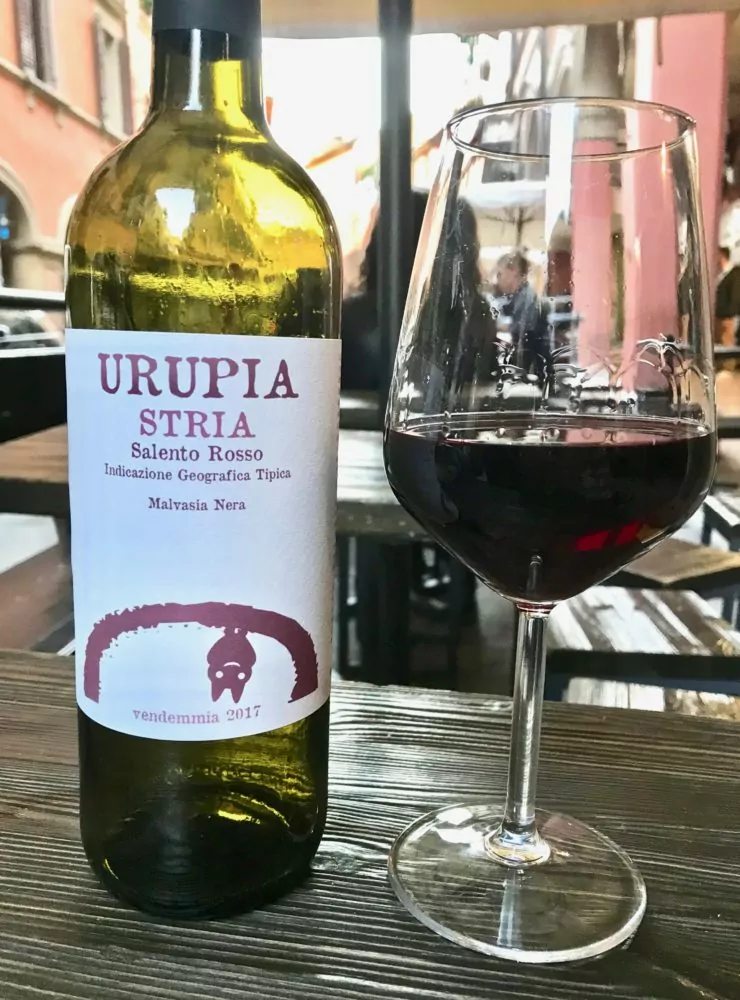
Olive Oil From Puglia | Puglia’s Wine and Olive Oil
Praised for its high vitamin content, antioxidant compounds, and good fats, olive oil has forever been a staple of the Mediterranean diet. Puglia has supplied Italy and other countries with high-quality olive oil from various olive varieties for millennia.
Nearly all top production zones sit together in the province of Bari, in central-eastern Puglia. Notable areas include the cities of Bitonto, Andria, and Cerignola. From Ostuni, one of Puglia’s olive hubs, you can also reach one of many olive oil routes.
Like wine, PDOs or protected denominations help classify and distinguish Extra Virgin Olive Oils from one another. While there are many varieties in Puglia, below are some of the most prominent to familiarize yourself with.
Cima di Bitonto | Puglia’s Wine and Olive Oil
The city of Bitonto is one of Puglia’s centers of olive oil production. Here, the Cima di Bitonto olives produce fruity and balanced olive oil for single-varietal oils and blends. Here, the PDO Bitonto states that the oil must comprise 80% Cima di Bitonto, Ogliarola Barese (another name for Cima di Bitonto olives), and Coratina.
Coratina
One of the most widely grown olives, Coratina is also one of the most robust and strong. It’s bitter, a little spicy, and packed with polyphenols. Since it is strong, producers often blend it with other olive oils to create a more mellow oil. The PDO Terre Tarentine must comprise at least 80% Coratina, Leccino, Ogliarola, and Frantoio.
Peranzana
The Peranzana olive grows well in northern Puglia, near the city of Foggia. In particular, the Peranzana olive is produced to be eaten and used for olive oil. It’s highly praised and versatile, with a more delicate flavor, medium body, fruitiness, and low acidity. Producers make 100% Peranzana oils and blend them with Provenzale olive, as is allowed in the Alto Tavoliere PDO.
Bella di Cerignola
If you’re looking for some of the best table olives, seek Bella di Cerignola olives. You’ll find bigger, more juicy olives in the PDO Bella della Daunia, dedicated solely to table olives with a balanced bitterness. Almond, grass, and artichoke are Bella’s key flavors.
If you’re interested in premium olive oils from excellent producers, look for Galantino, Intini, and Pannarale. Also, always remember to note the country of origin and production, and only buy olive oil in dark bottles. Ideally, you should consume olive oil within 18 months, so check the expiration date.
Taste Puglia’s wine and olive oil from the source and head to our Southern Italian Yacht Charter Itineraries today!
